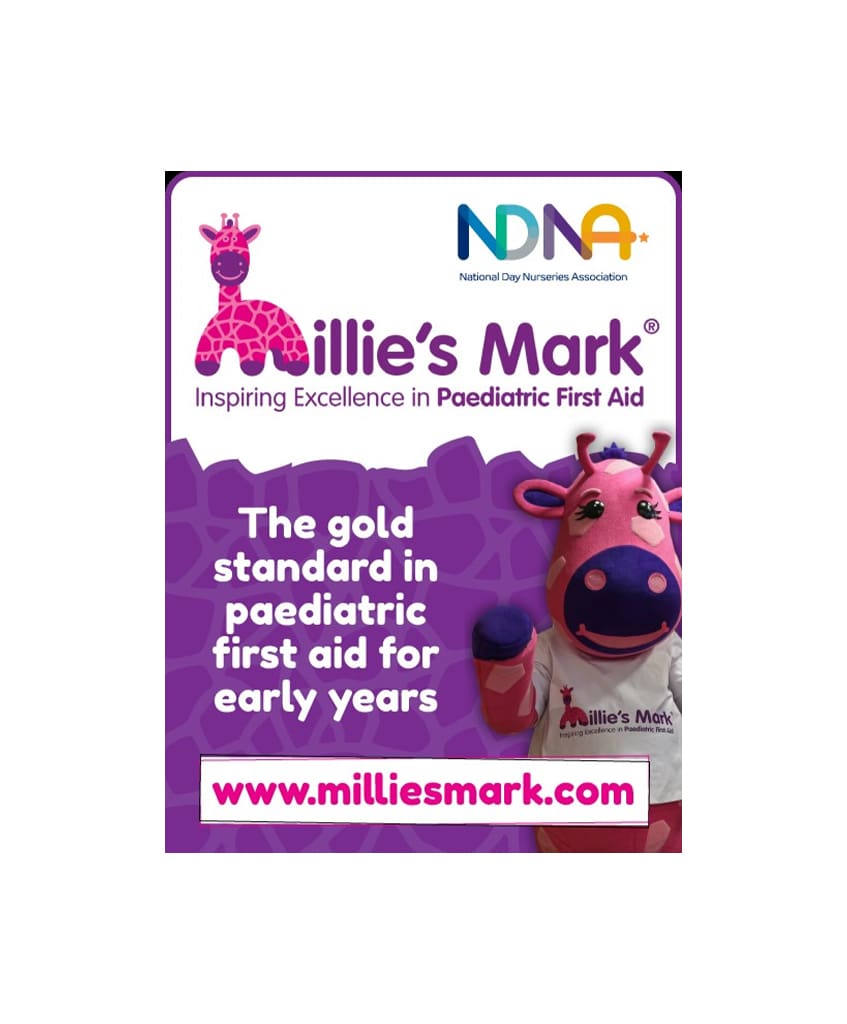Winter is the time where more injuries can occur. In our blog we talk about 5 of the most common winter holiday injuries and how to keep safe.
The mixture of rain, snow and ice combined with freezing cold temperatures plus poor visibility can create dangerous conditions in winter with a substantial risk of injury. Many of these injuries related to winter can take more time to heal which can then make it more difficult to return to work or carry on with your normal daily life. During this cost of living crisis, a loss of incomes through not being able to work can make things even worse. Therefore, it is important to be First Aid aware in case you or a someone you know is injured or hurt. Here are the 5 most common winter injuries and how you can keep safe.
-
Slips and Falls
It is not surprising to hear that slips and falls are top of the list for the most common injuries to happen during winter. Streets, pavements, roads are all constantly wet, slushy, and slippery increasing chances of people falling over. Falling over on wet, slippery surfaces can result in minor sprains and bumps to more serious injuries like broken bones, back injuries, head injuries and even concussion.
Tips to try and prevent slips and falls;
- Wear the correct footwear for the conditions outside
- Leave in good time so you can walk slowly
- Don’t walk with your hands in your pocket so if you do slip or fall you can try and break your fall with your hands or hold onto something
- Be careful of black ice as it is very hard to see but is very slippery
-
Hypothermia
Hypothermia is a dangerous drop in body temperature below 35C (normal body temperature is around 37C). It is a medical emergency and you must be treated in hospital.
You can get hypothermia if you:
- Do not wear enough clothes in cold weather
- Stay out in the cold too long
- Fall into cold water
- Have wet clothes and get cold
- Live in a cold house – older people living alone are particularly at risk
When exposed to extremely cold temperatures for an extended period, your body struggles to maintain it’s temperature, it loses heat faster than it can generate it.
Signs someone has Hypothermia
- Shivering, cold and pale with dry skin
- Unusually tired, confused and have irrational behaviour
- Reduced level of response
- Slow and shallow breathing
- Slow and weakening pulse.
Tips for preventing Hypothermia
- Wearing warm clothes during freezing weather
- Avoid overexertion
- Staying as dry as possible
- Bringing children indoors as soon as they start shivering
- Children should wear an extra layer of clothing
- Wearing a life jacket if on a boat
- Huddling with others will reduce heat loss
-
Road Traffic Accidents
Road traffic accidents increase during the winter months due to slippery, wet, slushy roads and low visibility. If your car skids or slides across the road it can be extremely hard to regain control of it in these conditions. This can then result in collisions with other cars and severe physical injuries from cuts, bruises and lacerations due to whiplash, back pain, fractured ribs, and chest pain.
Tips for preventing road traffic accidents in winter
- Allow extra time for winter journeys.
- Plan routes around major roads, which are more likely to be cleared and gritted
- Try to get up at least 10 minutes early to give you time to de-ice the car
- Wear comfortable, dry shoes for driving so your feet do not slip on the pedals
- Check fuel levels – have at least a quarter of a tank in case of unexpected delays
- Clear all windows using a scraper and de-icer and wait until the windscreen’s fully clear
- If you drive an automatic, check the handbook – some have a winter mode or recommend selecting ‘2’ in slippery conditions.
Driving on winter roads
- Pull away in second gear, easing your foot off the clutch gently to avoid wheel-spin.
- If you must use your brakes, apply them gently.
- Driving uphill – leave plenty of room between other cars or wait until it’s clear so you don’t have to stop part way up. Keep a constant speed and try to avoid having to change gear on the hill.
- Driving downhill – slow down before the hill, use a low gear and try to avoid braking. Leave as much room as you can after the car in front.
-
Carbon Monoxide Poisoning
During winter months, increased use of heaters, furnaces and fireplaces in closed spaces can increase your risk of Carbon Monoxide Poisoning. Carbon monoxide is a poisonous gas that can make you seriously ill if you breathe it in.
Symptoms of carbon monoxide poisoning include:
- headache
- dizziness
- feeling sick or being sick
- feeling weak
- confusion
- chest and muscle pain
- shortness of breath
The symptoms may come and go. They may get worse when you spend time in an affected room or building and get better when you leave or go outside.
Tips to prevent Carbon Monoxide Poisoning
- Get a carbon monoxide alarm for each room of your home that contains appliances that burn gas, oil, coal or wood
- Get heating and cooking appliances properly installed and keep them well maintained
- Make sure your boiler is serviced regularly by a qualified engineer
- Keep chimneys and flues clean and well maintained
Do not
- Do not use a barbeque or camping stove indoors, or inside a tent
- Do not leave vehicles or other engines on inside garages
Treatment for Carbon Monoxide Poisoning
You may need to go to hospital if you have carbon monoxide poisoning, especially if:
- You have symptoms of severe carbon monoxide poisoning (for example, you have difficulty breathing or you lost consciousness)
- You are pregnant
- You are a child or older person
- You have anaemia or a condition affecting your lungs, heart or blood vessels
While you are in hospital, you will usually have tests to check to level of carbon monoxide in your blood. If the level is high, you may be given oxygen through a mask.
-
Frostbite
Frostbite is damage to the skin and tissue caused by exposure to freezing temperatures – typically any temperature below -0.55C (31F).
Frostbite can affect any part of your body, but the extremities, such as the hands, feet, ears, nose and lips, are most likely to be affected.
Early symptoms of frostbite are cold skin, numbness, pins and needles along with the skin turning blue or black. If you ignore the symptoms it can cause permanent damage to the area and you may need surgery.
Preventing Frostbite
- Avoid staying out in the cold for a long period of time
- When you are spending time outside, make sure you wear a warm hat, scarf, gloves and socks
- When you are outside in the cold, make sure you are keeping active and warm and not standing around getting cold
At Cross Counties Training we hope that by teaching people First Aid skills we can help to save lives. If you would like to speak to us about how we could help with your First Aid training requirements, please call us on 01276 586943 or email us at admin@crosscountiestraining.co.uk for hassle-free bookings.









